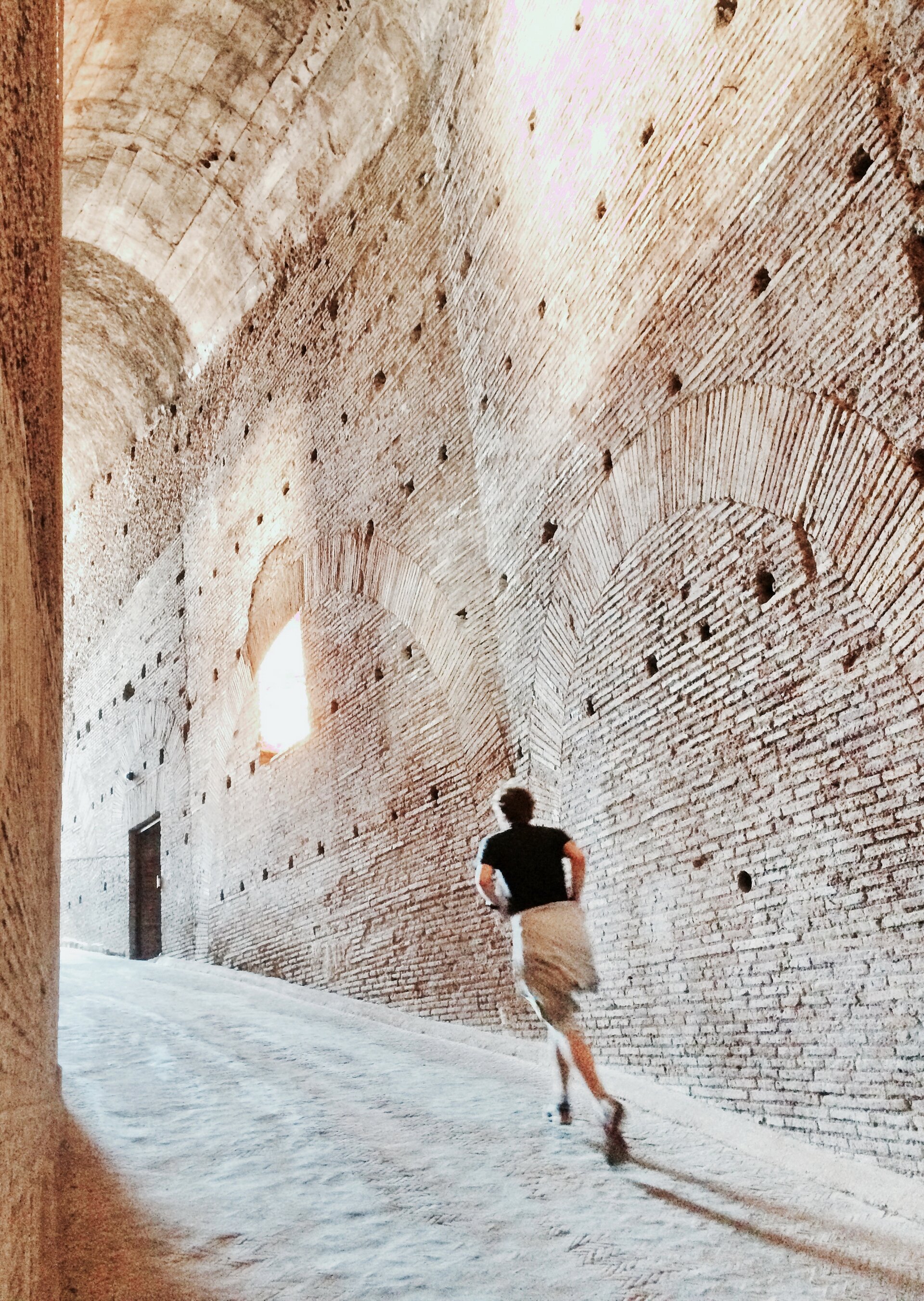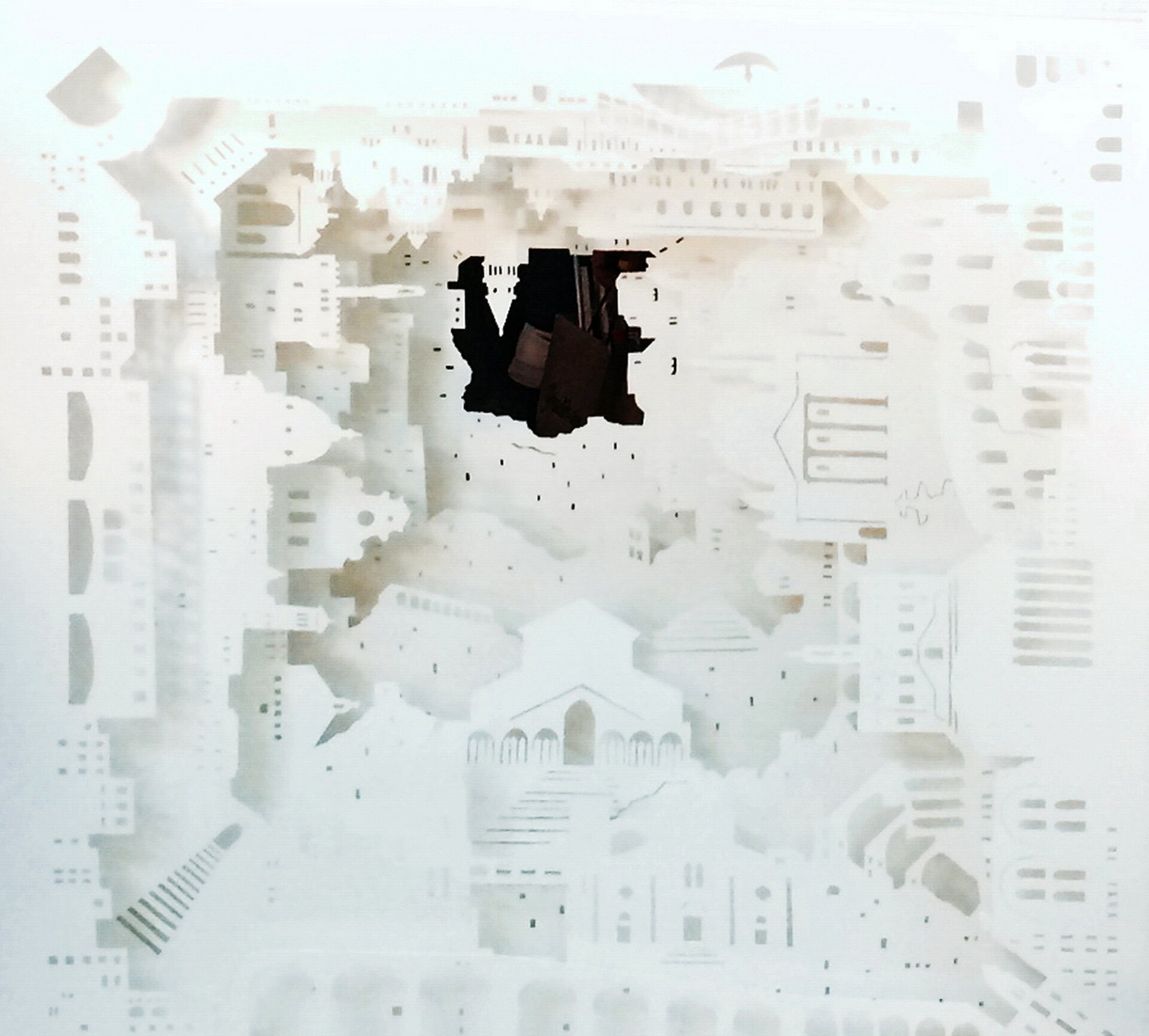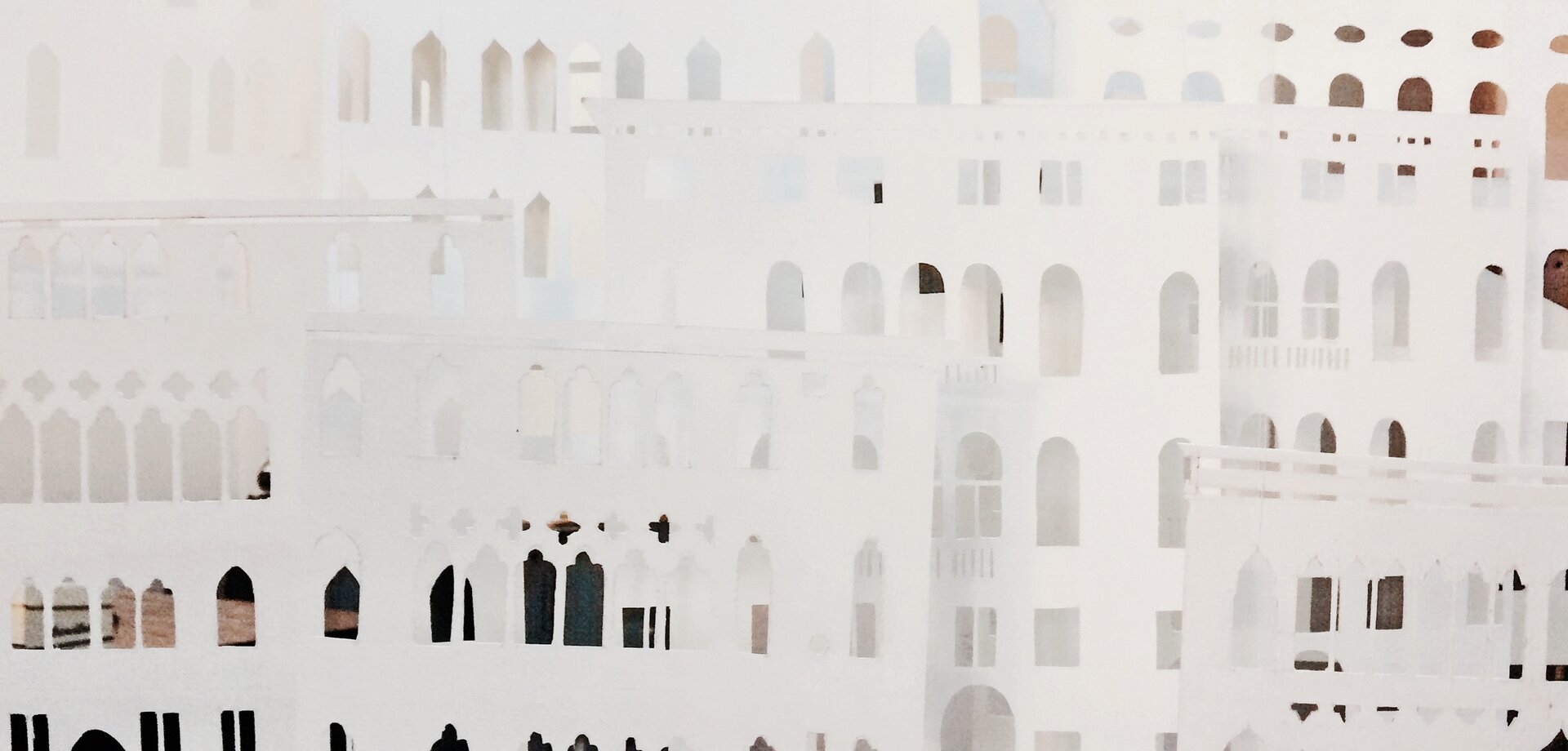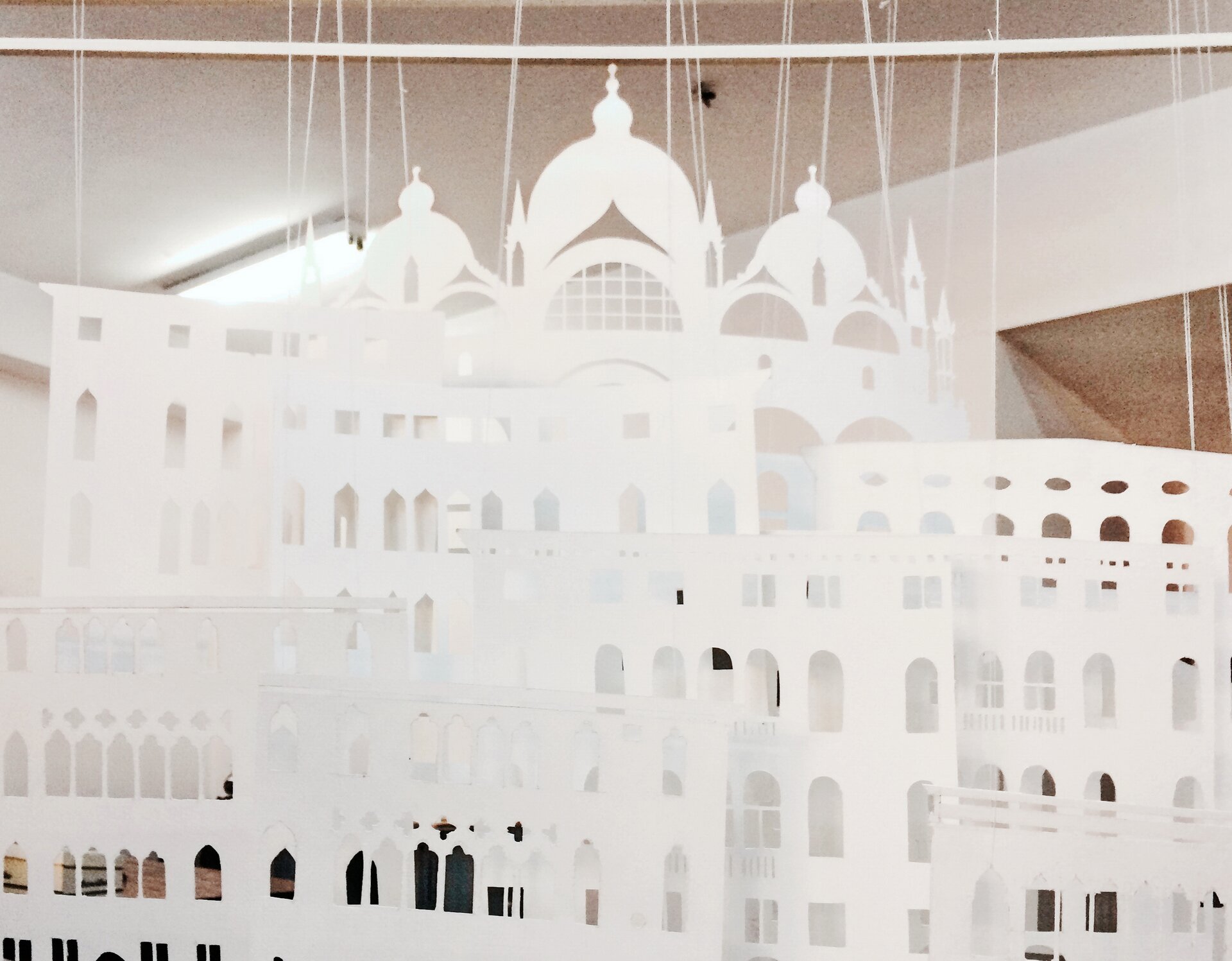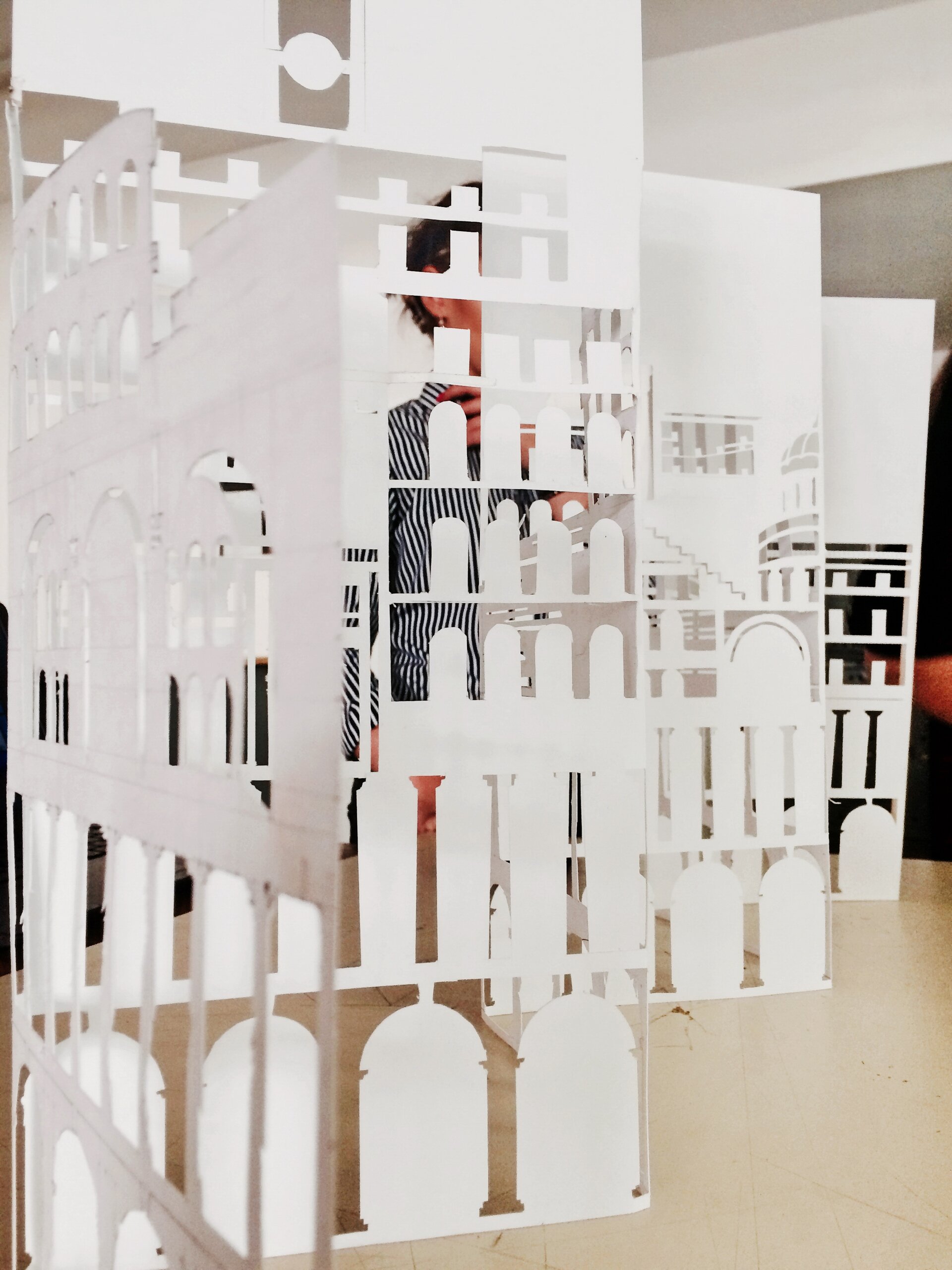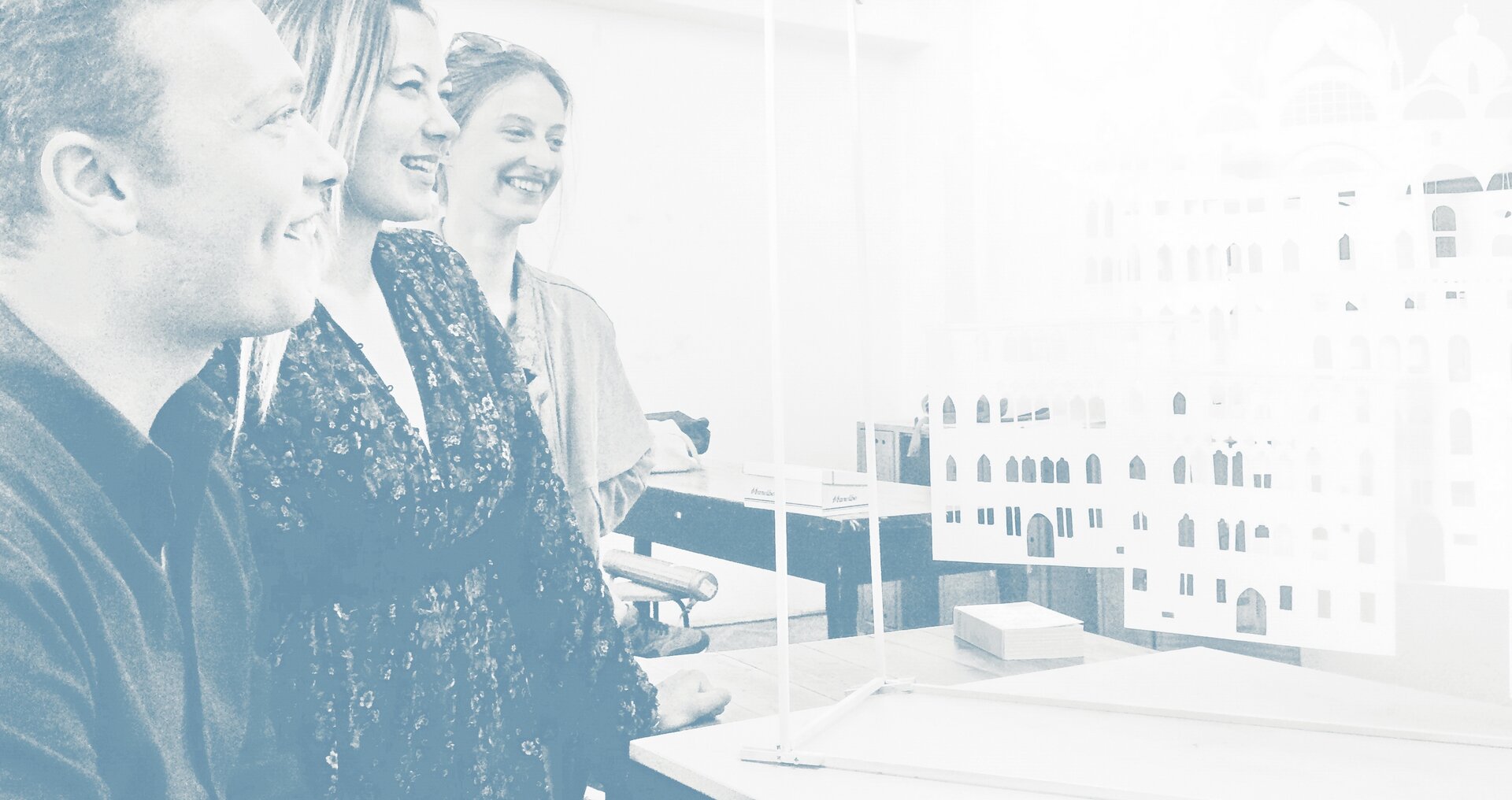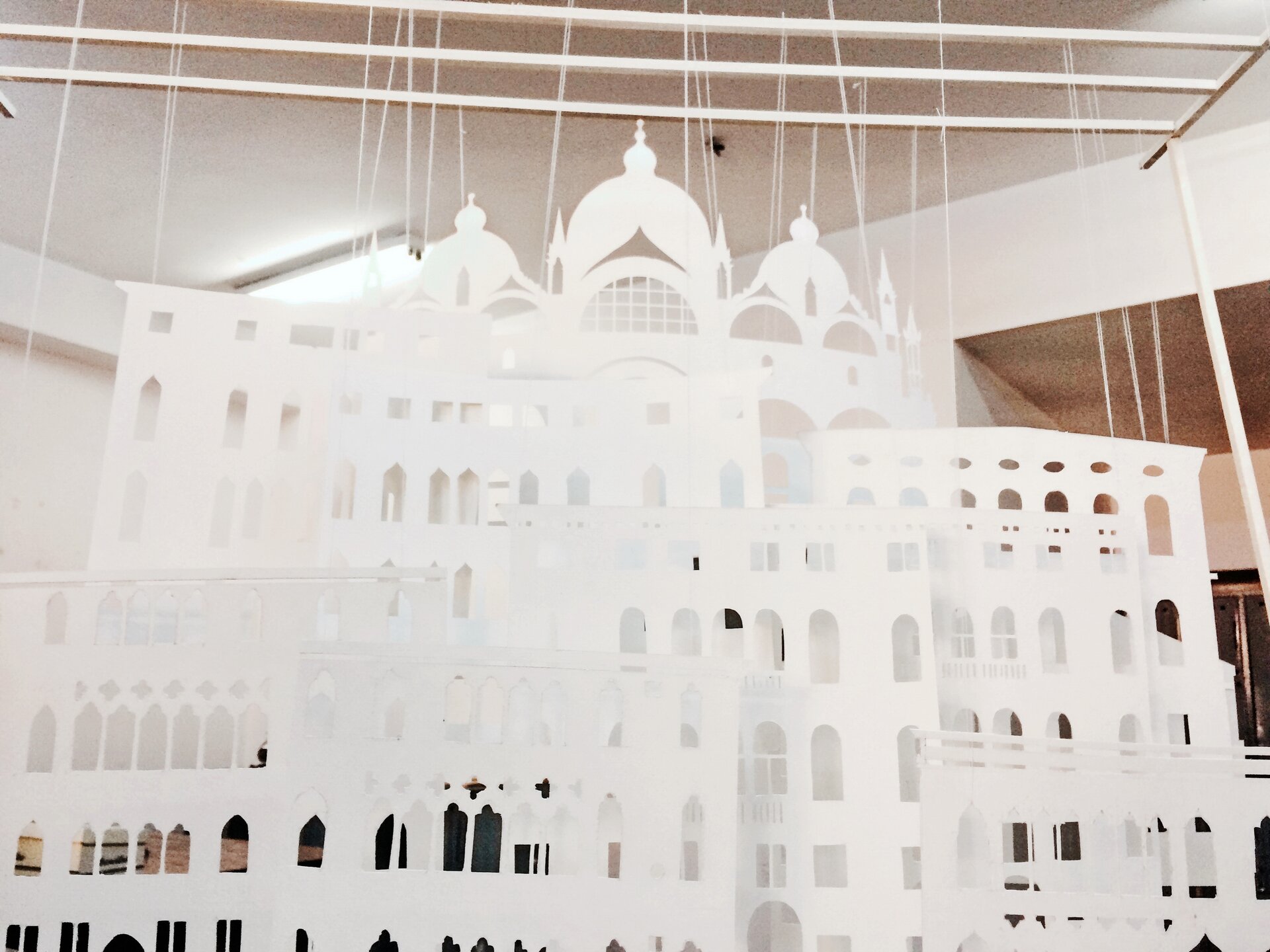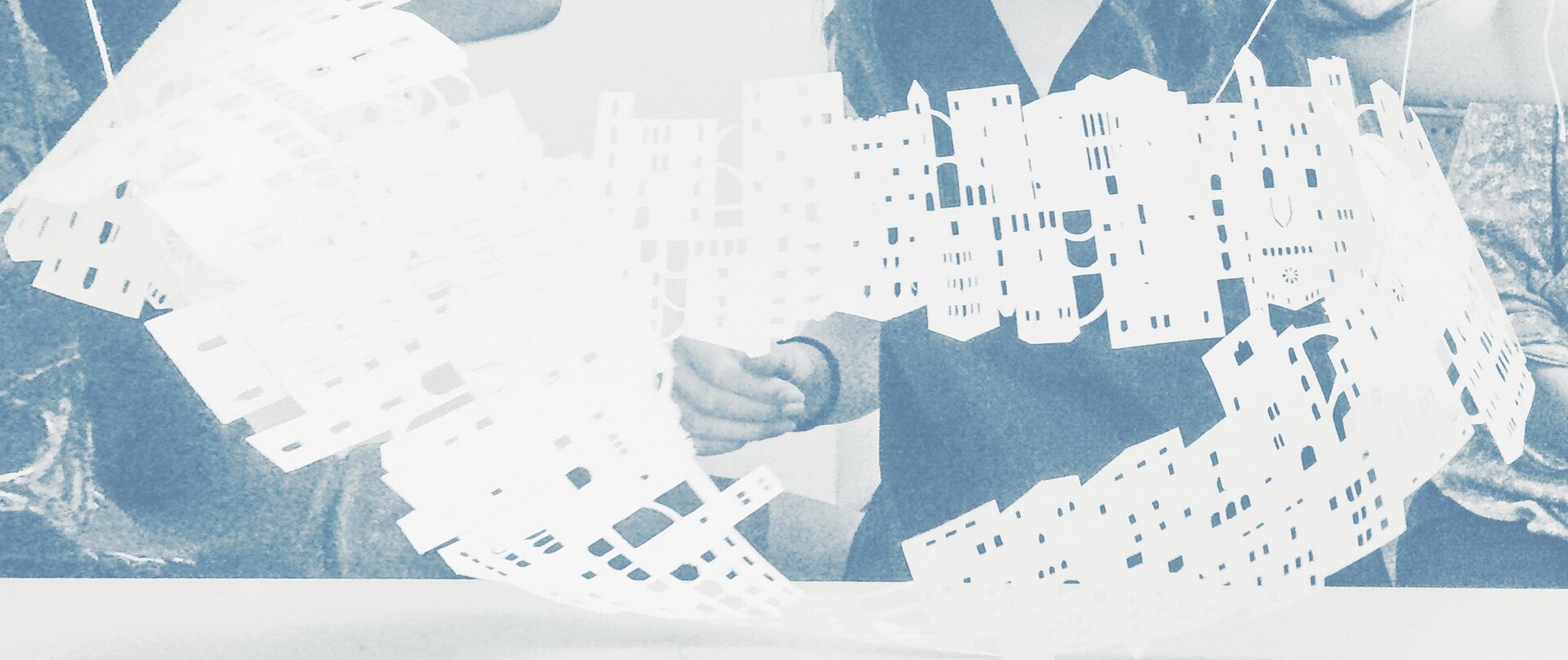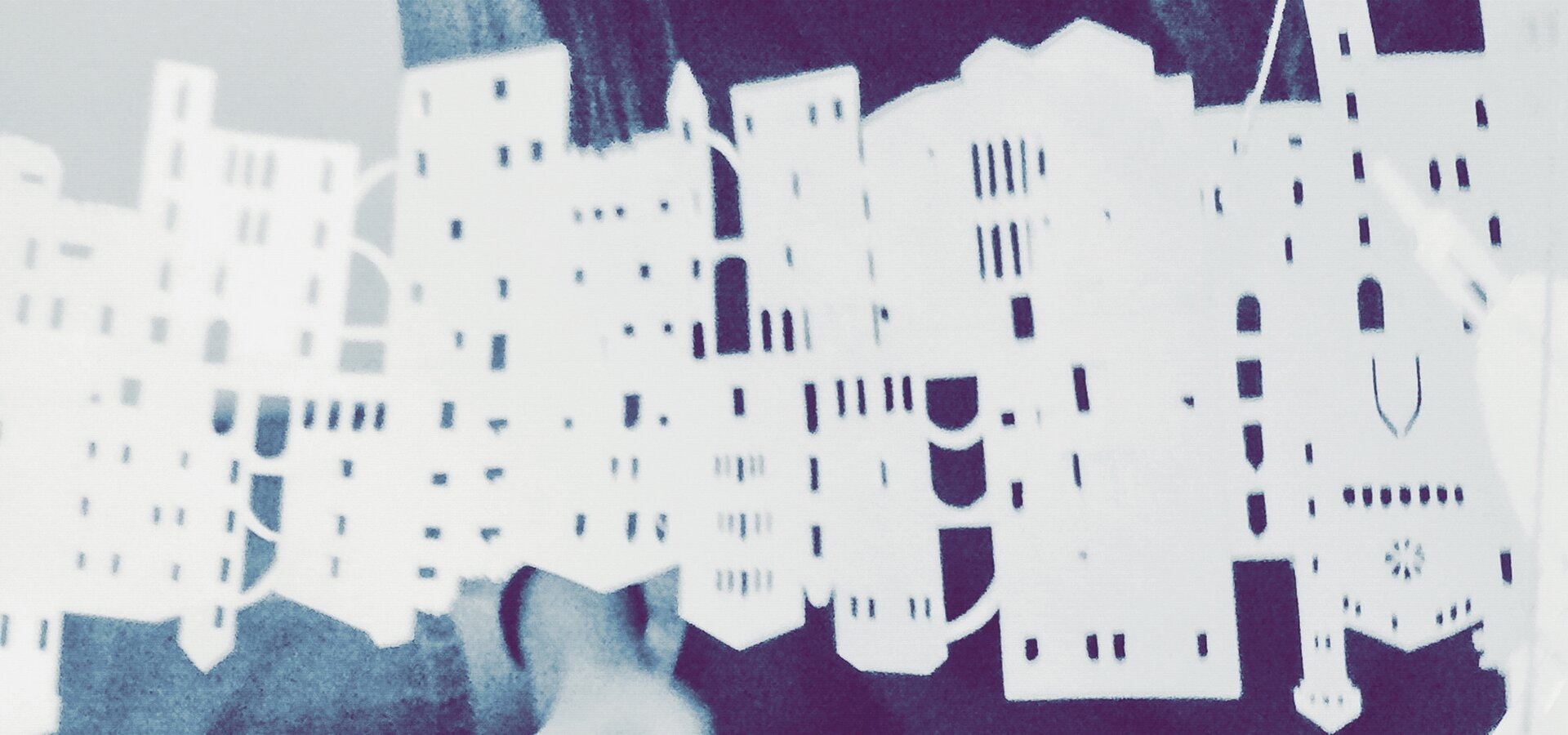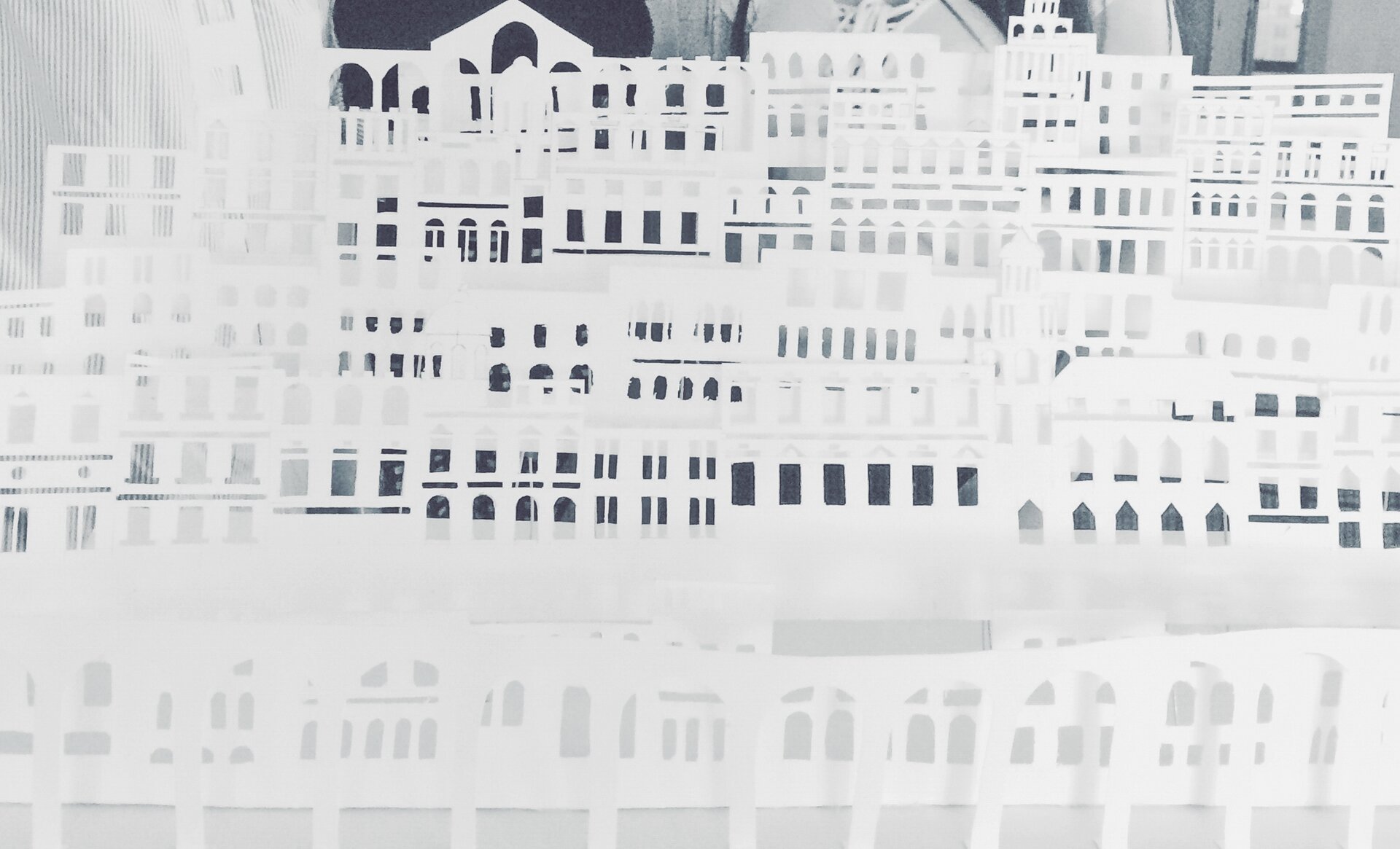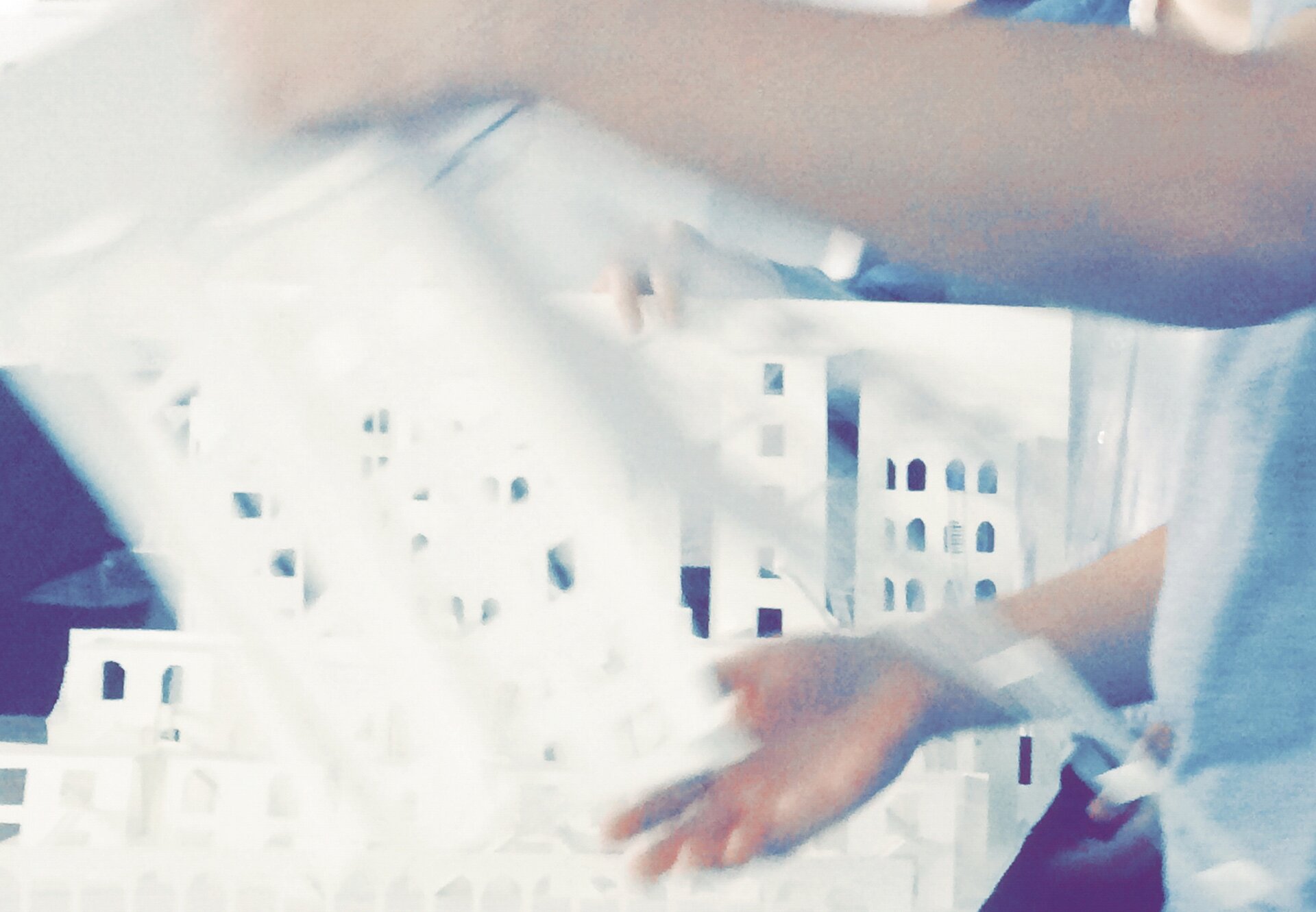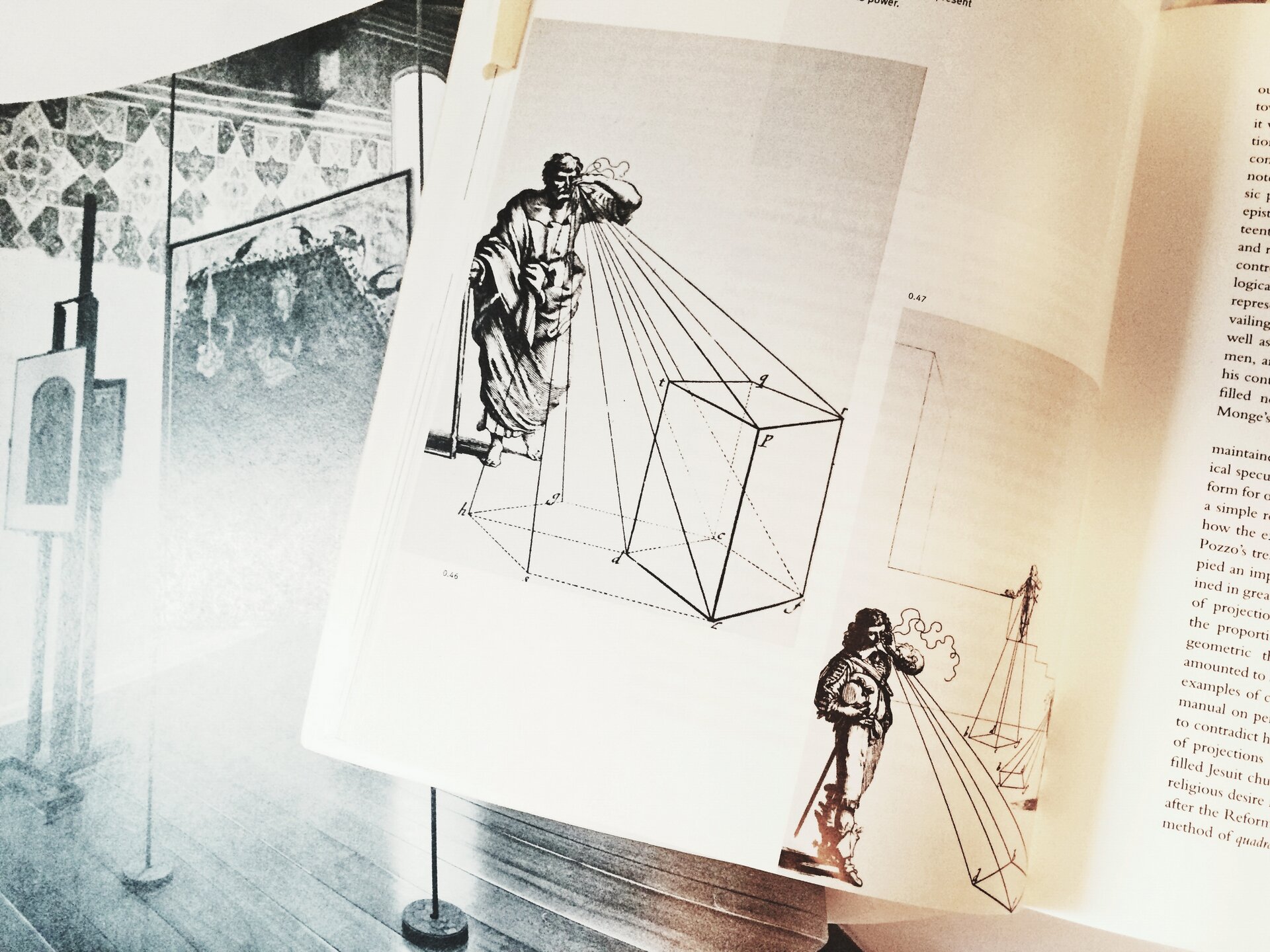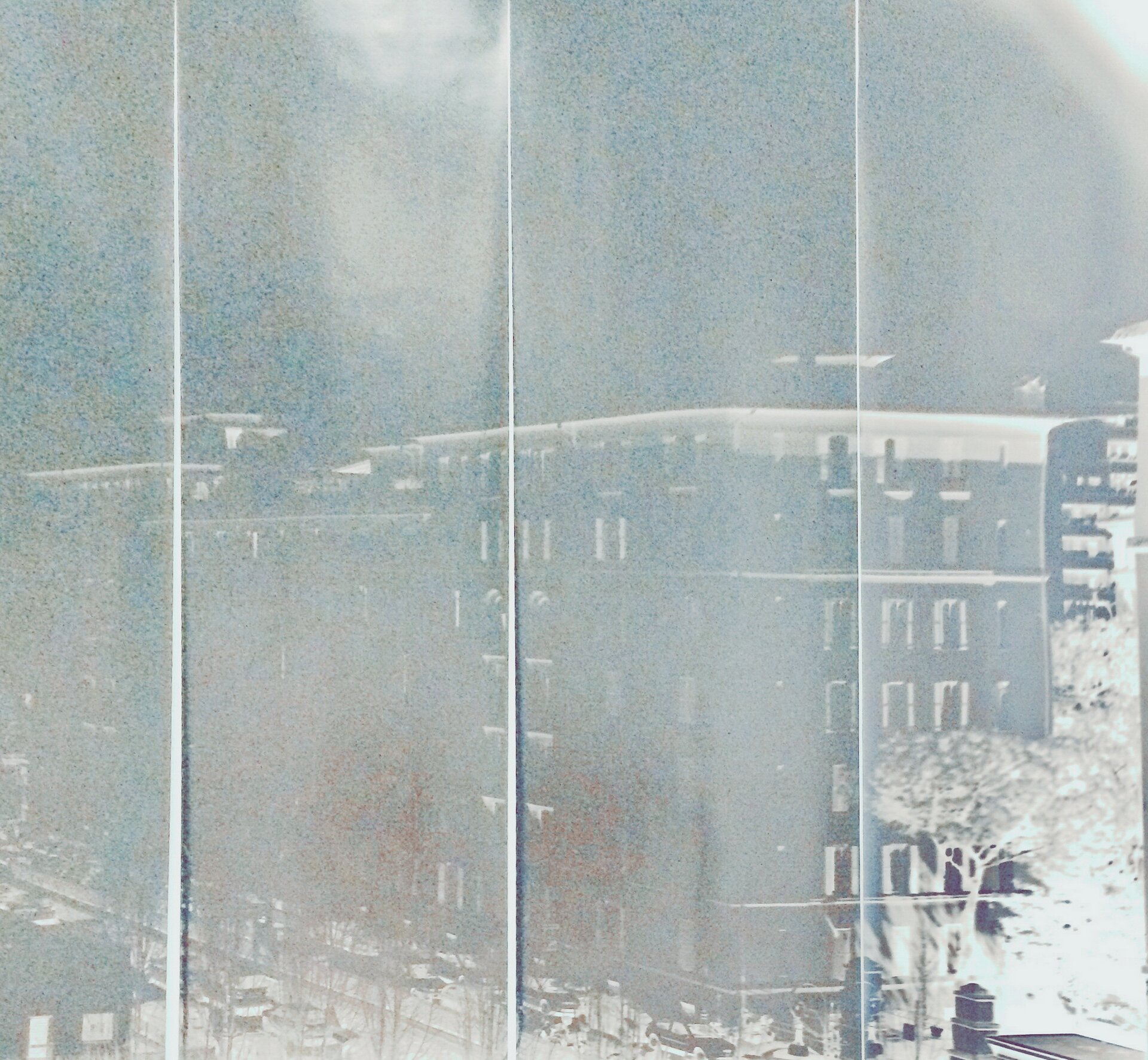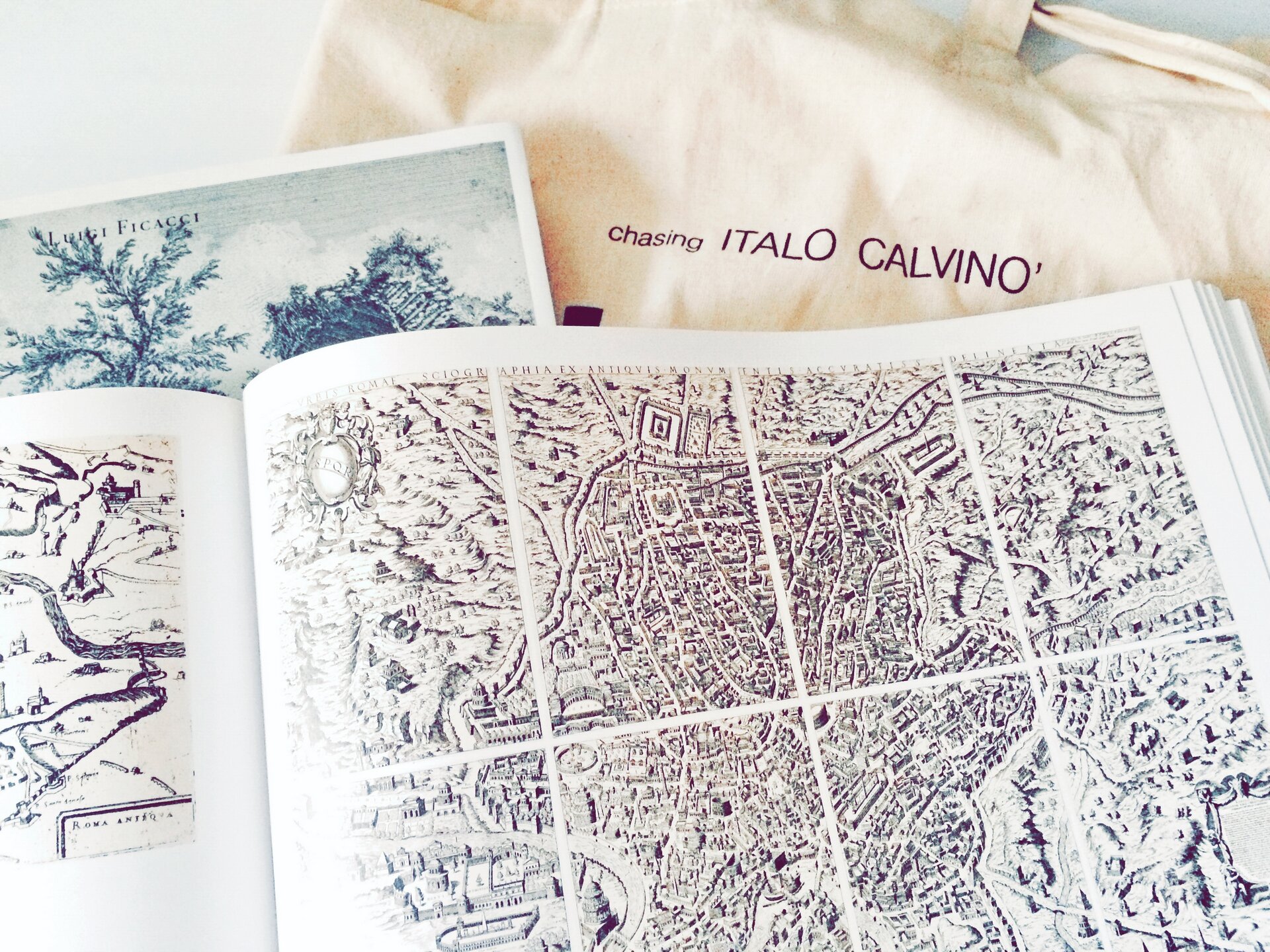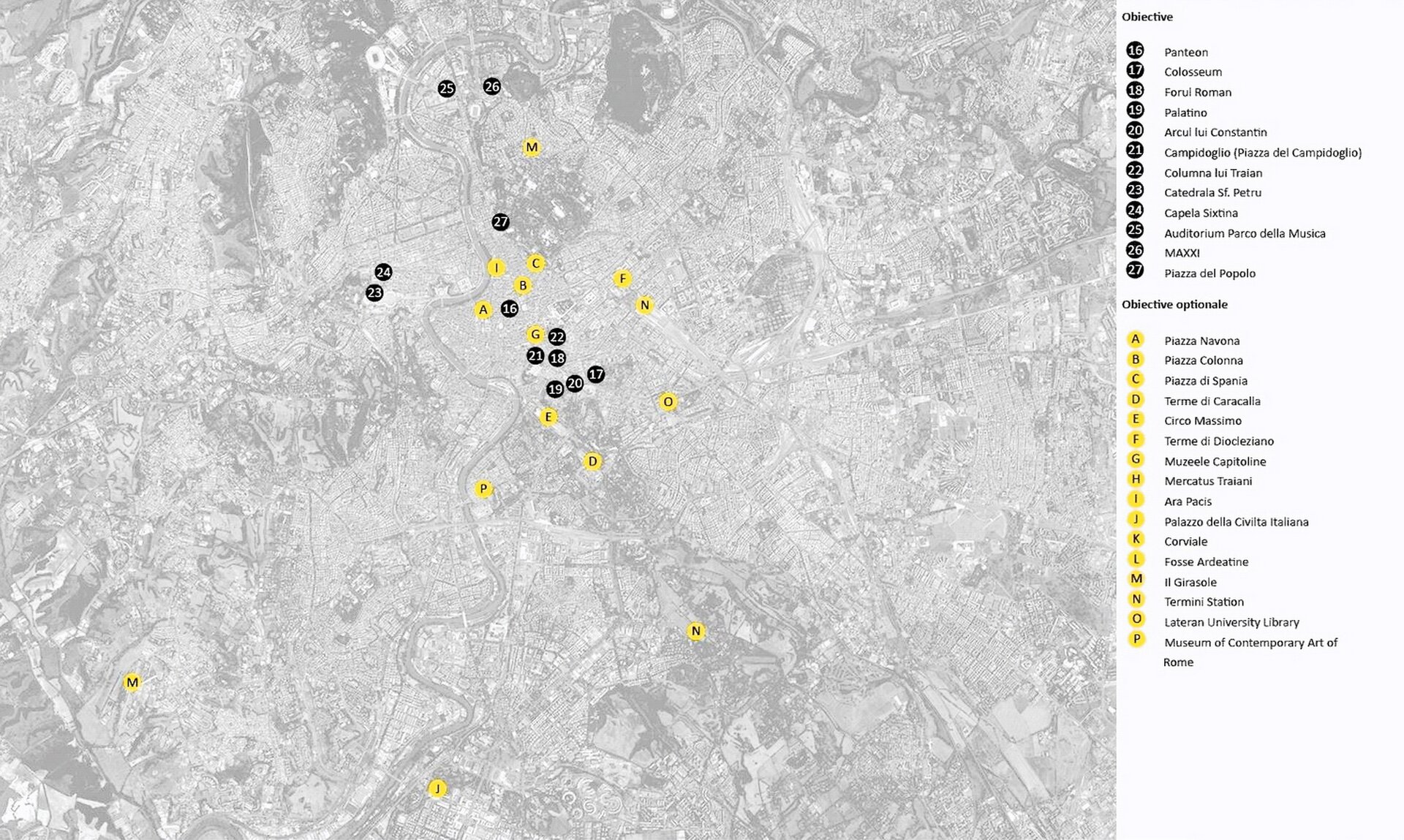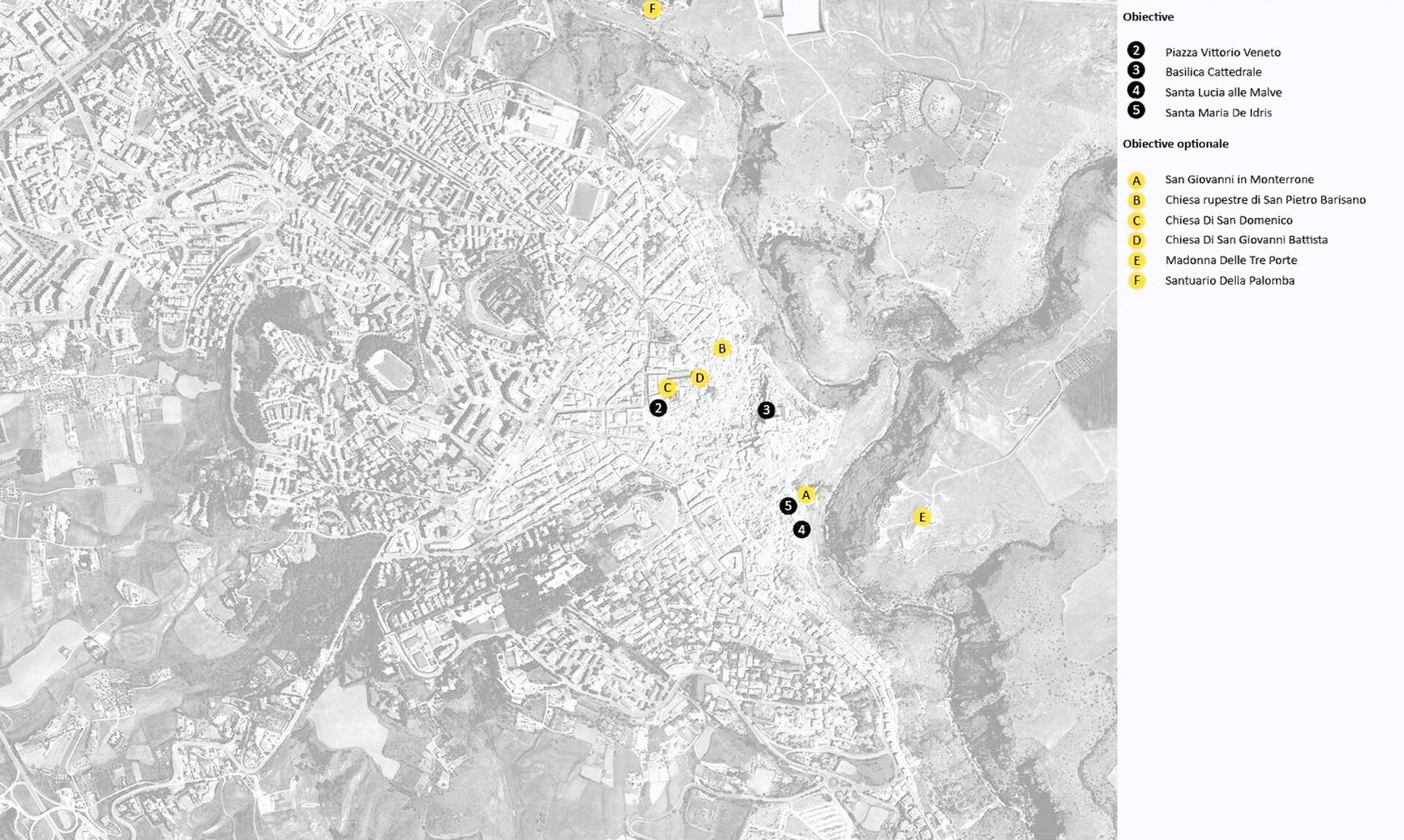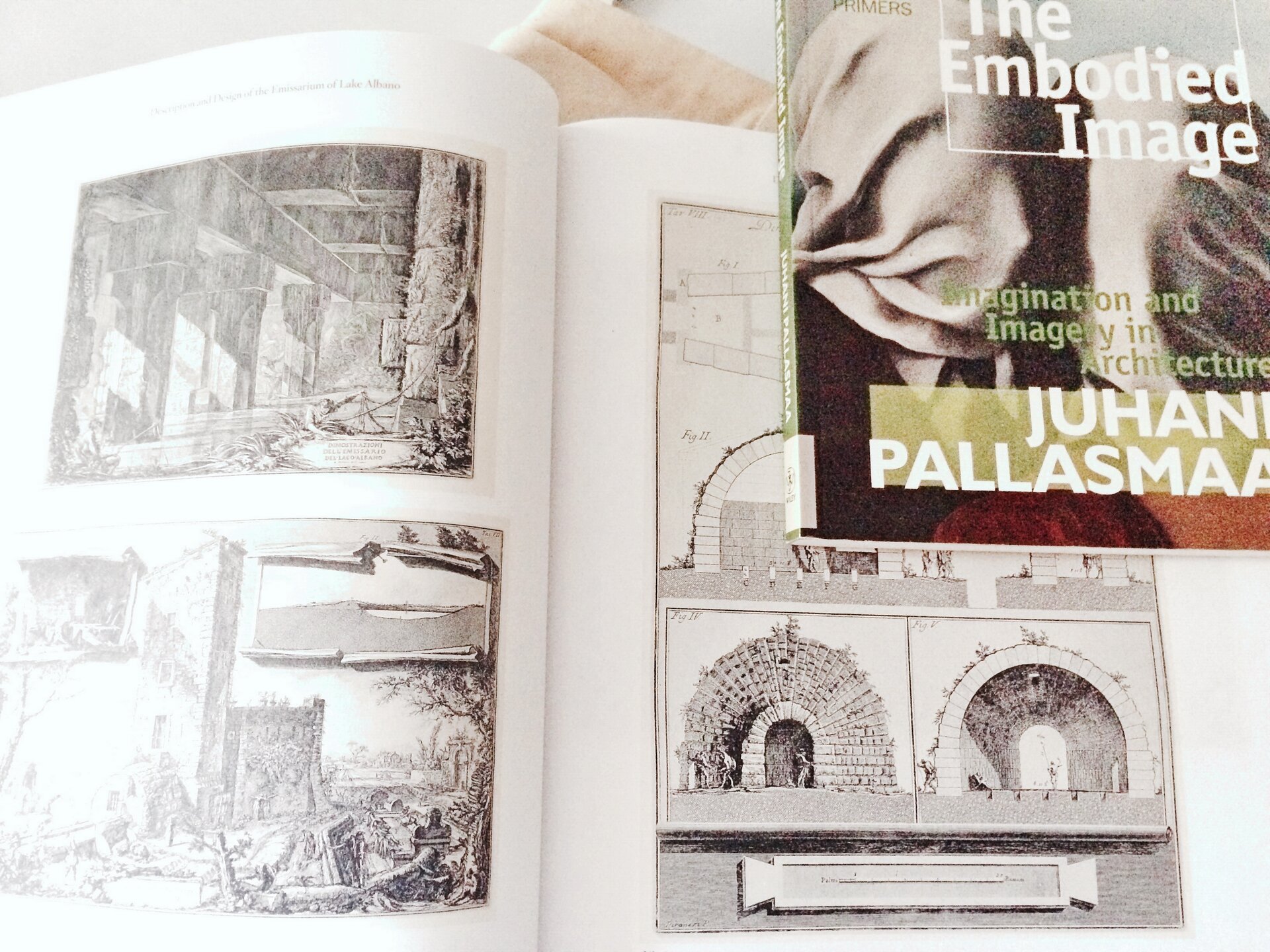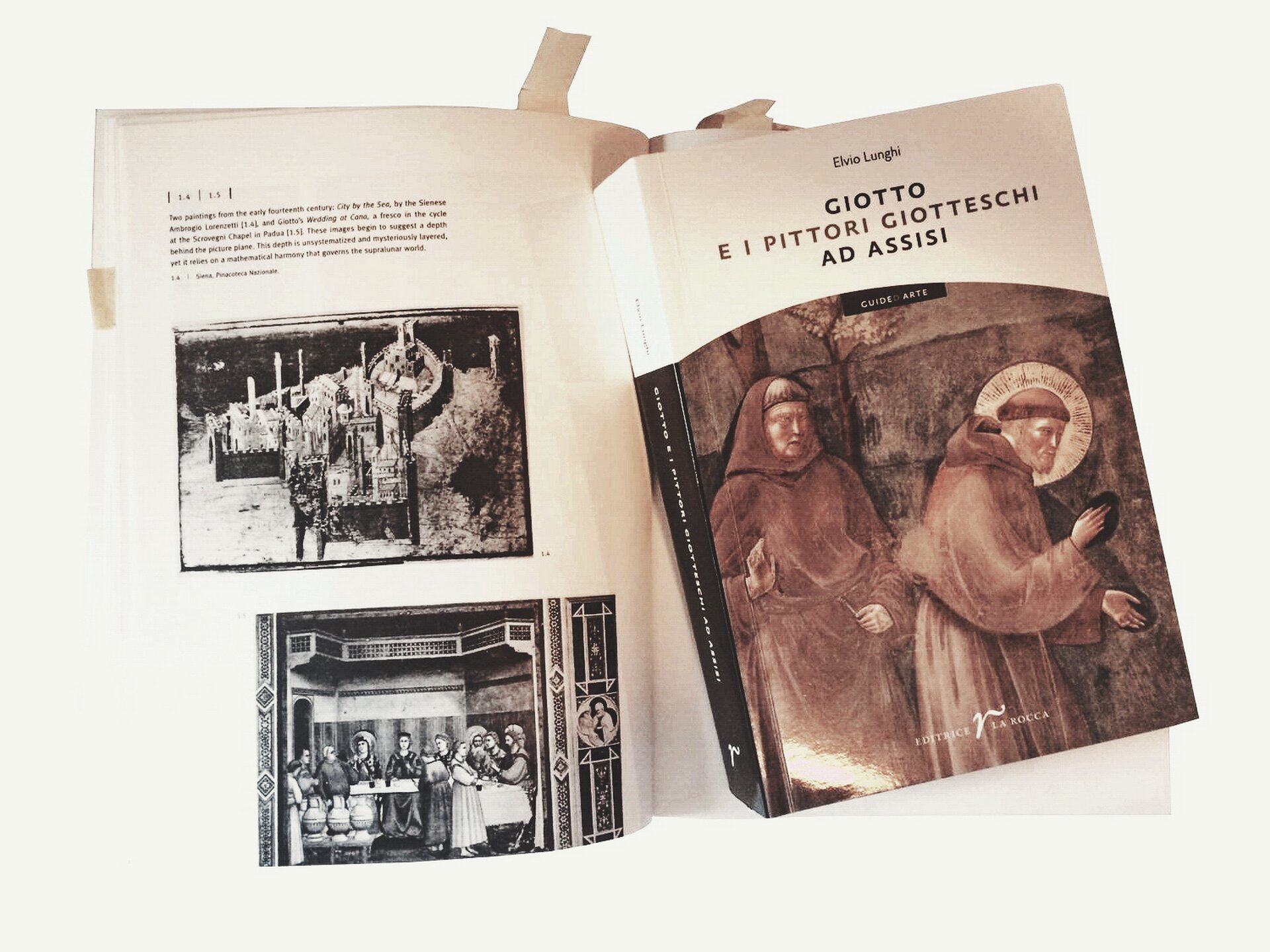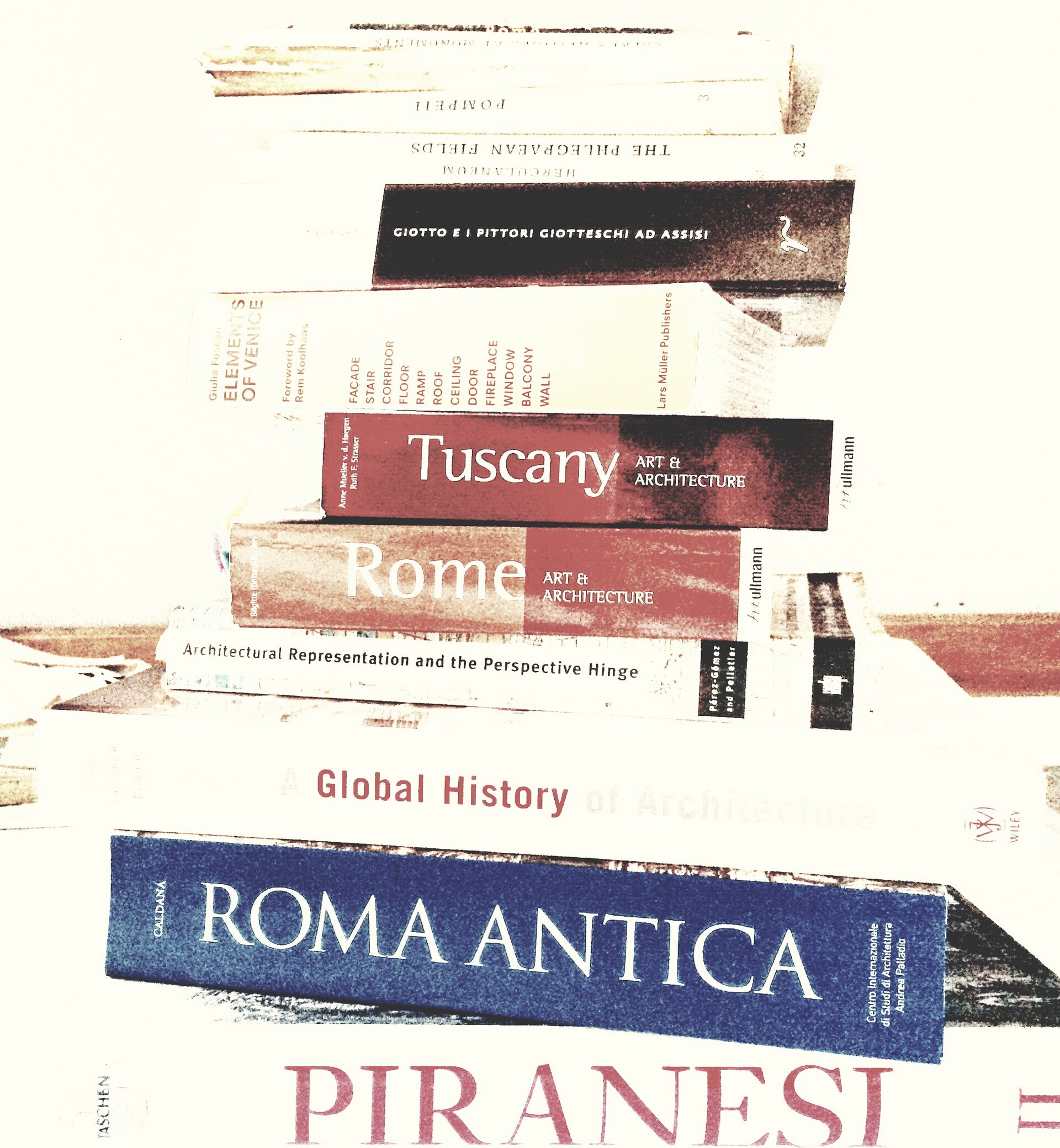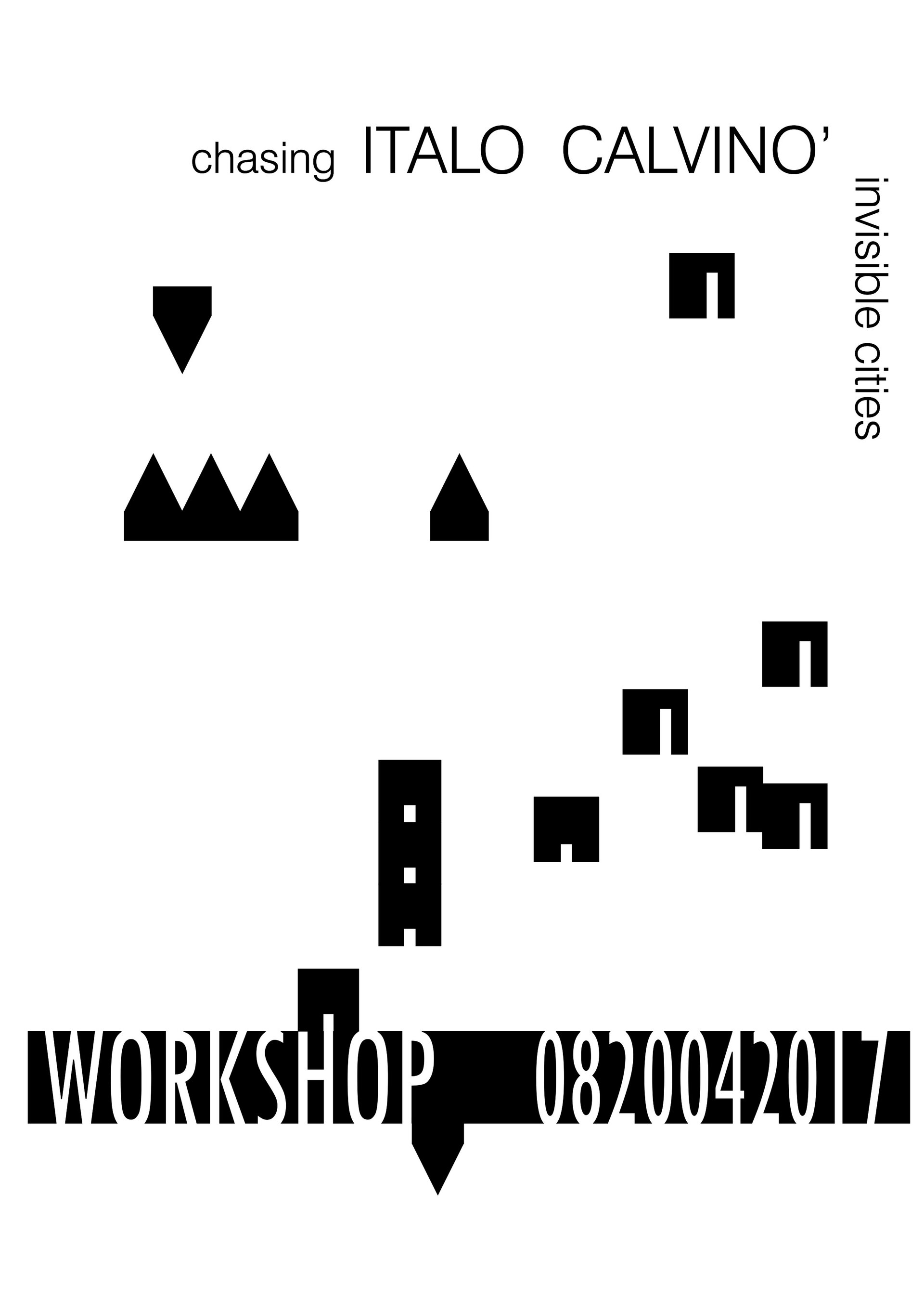
- Nomination for the “Research through Architecture / Architecture and Experiments” section
Chasing Italo Calvino’s Invisible Cities
Authors’ Comment
Theme:
Chasing ITALO CALVINO 's invisible cities is a thematic workshop that has crossed the Italian Peninsula over the course of two weeks discovering the architectures that inspired the writer. Structured in two parts, the workshop has an in-situ analysis section alongside the peninsula and an applied study model for the recreation of invisible architectures from shadows.
The road followed the exploration of the seemingly fantastic cities, real cities, correspondents of the invisible ones: Matera, Naples, Rome, Spoleto, Assisi, Pisa, Siena, Florence, Vicenza. Following the descriptions of Italo Calvino, the training architects aimed to rediscover the cities (Diomira, Isidora, Dorothea, Zaira, Anastasia, Tamara, Zora, Despina, Zirma, Isaura, Maurilia, Fedora, Zenobia, Zobeide) .
The applied part of the workshop is based on the alleged impossibility of illustrating the Invisible Cities book. Under the broad theme of paper mock-ups, the goal was to recreate an architecture "made of" shadows, an architecture that is invisible, ephemeral, moving ... an illusion similar to the architecture recalled after a while.
Behind the workshop is an envisioning exercise of the plans and their relations with the light, an exercise that manipulates the fullness and the hole in relation to a specific light source and the movement.
A series of references were essential in approaching the exercise, directly related to the world of theater, through the play of lights and shadows ... because ultimately, the world of Italo Calvino is a theatrical world through repetition and movement. The world conceived by the writer is essentially a world built with few but repeated elements, subject to Gilles Deleuze's Repetition and Difference theory, which emphasized that repetition became the substance of architecture. Similary in invisible worlds, the repeated architectural elements are those that give the specific character of cities: cities built predominantly from towers, bridges, walls, stairs, windows, doors. As a result, the workshop consisted of playing with few elements, capable of rehearsing an architecture. The play of light and shadows in No Theater was in the context of a mechanism of amplification and manipulation in the desired direction.
In Soleil (Théatre du Soleil) Utopia still exists ...
Architecture perceived as a shadow is borrowed from Commedia dell'Arte, becoming a character in itself, an architecture that moves, grows, decreases, turns, paradoxically based on improvisation.
Several essential references from the theater of light and shadows have directed the applied study: Robert (Bob) Wilson, Jerzy Grotowski, Ariane Mnouchkine - directors who have been inspired by conventional theater ... acting unconventionally. Similarly, this mode of work has been an example of the applied exercise in order to encourage creativity and associative thinking.
Educational method (non-formal higher education):
The Becoming of an ALL SEEING ARCHITECT, including invisible things - Applied Study on Italo Calvino’s Invisible cities
How do you educate yourself to become an architect in the 21st century? In the contemporary era dominated by mass media and the visual globalization the old learning process of assimilation and creation suffers being strongly influenced by the loan of the decontextualized elements. Therefore, we return to the 19th century architecture school’s formation tradition, to the canonical phenomenon along the initiation trails. Our story of the architect training through aesthetic analysis is diverted 100 years ago, resuming the practical application, a road throu the Italian Peninsula, built starting from the examples of the cities imagined by the novelist Italo Calvin.. This study implements the aesthetic process observations along his travel novel – Invisible cities, reconstructing an educational path, as a practice for the first grade architecture students.
The methodology follows the definition of the aesthetic process’ steps, the principles of the architecture mapping’s composition. It defines the models and builds the system according to which the educational process is implemented. The study area is restricted to the Italic peninsula, cumulating the same points as noted by the architect along with the similar stylistic objectives. The analysis resumes the aesthetic stages described by Italo Calvino. Moving into cities of life, death, ugliness, beauty - it reconstructs the different typologies of the observed as a trail’s foundation and relates the distinct steps in assimilating the specific categories of the observed objects. The key of the aesthetic process is enclosed in the identity of the architectural object as observed, seen, assimilated through visual loan or memorized, imagined and recreated. The main aim is to reconstruct the formation process of an architect, analogue to Le Corbusier’s pathway. By focusing the assimilation on the process of seeing, observing, imagining, we target to orientate the educational process towards an active assimilation and a responsible future creation.
Thus, the study builds itself as an active story of the famous journey to the East, a story rooted in the past and with currently reflexes, a story of the architectural objects seen beyond the observer's temporal affiliation. Time travel is simultaneously a dialogue between the becoming architects and Italo Calvino, as well as a story - the story of the creative adaptation and the progressive imagination.
Typology: workshop, non-formal higher education, university
Disciplines: architectural theory, architectural criticism, visual arts
Finality: paper mockups / "PAPER ARCHITECTURE"; exhibition
Inventory: 4034 km/ 13 days/ 140 hours in situ/ 17 localities/ 51 objectives/ 65 workshop hours/ 64 architecture students/ 13 layouts/ over 20 short animations
Related projects:
- The third instance
- Places
- Chasing Italo Calvino’s Invisible Cities
- “S” House
- “Architects, students, pupils: experimental participatory design in Malu”
- A scenography for... a city – BOSA (Bucharest Open Street Art)
- LIMITS…. IN THE OLD WORLD, IN OUR VILLAGE
- Repetition and Diffence in Copenhagen
- Architecture & Memory in Berlin
